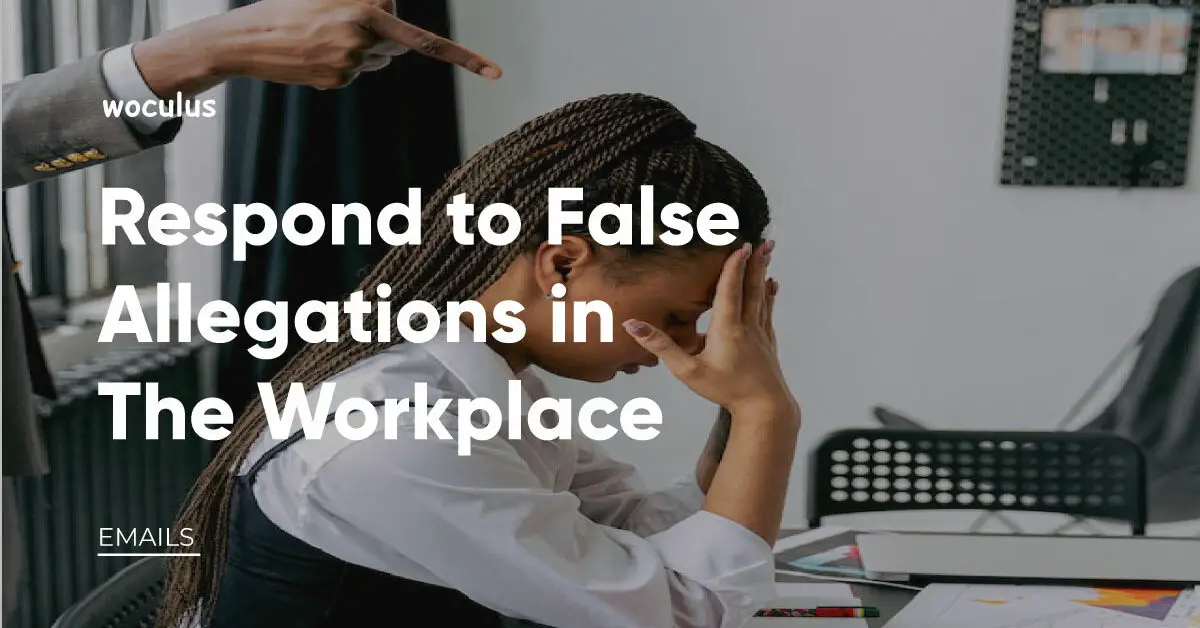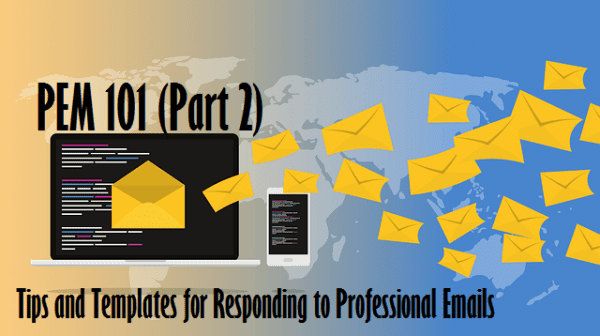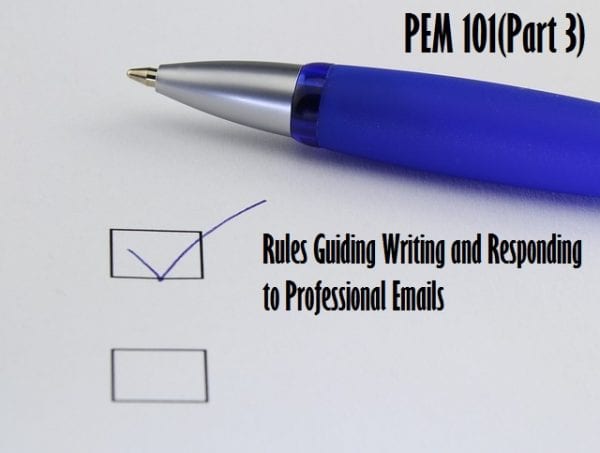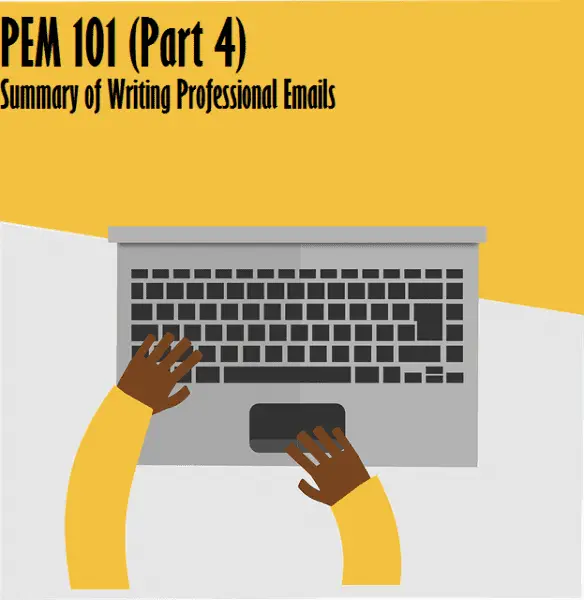In today’s dynamic work environment, false allegations can surface unexpectedly, challenging your professional reputation. Effectively responding to such accusations through email communication requires finesse and strategic precision. This article delves into essential techniques and provides real-world examples to guide you in addressing false workplace allegations with professionalism and confidence.
Understanding the Landscape of False Allegations
False allegations in the workplace can be not only damaging to your reputation but also unsettling for the entire work ecosystem. As a professional, it’s crucial to comprehend the gravity of such situations and approach them methodically.
1. Crafting Your Response: Clarity and Facts
When responding to false allegations via email, clarity is your strongest ally. Clearly state your position, emphasizing the facts that counter the allegations. Avoid emotional language and maintain a composed tone to project professionalism. For instance, “I appreciate your concern, and I want to address these allegations with accurate information.”
2. Presenting Evidence: Let the Facts Speak
Backing your response with evidence can be a game-changer. Attach relevant documents, correspondence, or records that support your position. This adds a layer of credibility and assists in dismantling baseless claims. For example, “Please find attached the email chain that outlines the project’s progress.”
3. Acknowledging Concerns: Show Empathy and Openness
While defending yourself, show empathy towards the concerns raised. Express willingness to address any issues constructively. This fosters an environment of open communication and collaboration. Your email could include, “I understand your concerns, and I’m committed to resolving this matter collaboratively.”
4. Inviting Discussion: Request for Clarification
Invite the concerned parties to discuss the matter further through a virtual meeting or in person. This demonstrates your willingness to engage and work towards resolving the issue transparently. “I believe a discussion would be helpful to clarify any misunderstandings.”
5. Seeking Mediation: Elevate the Matter If Necessary
If the false allegations persist, consider involving a neutral mediator or HR representative to facilitate a resolution. Mention this possibility in your email to showcase your commitment to resolving the issue objectively.
Real-Life Examples: Navigating False Allegations
Example 1: Addressing a Performance-related Allegation
“I want to address the recent performance-related allegations. Attached is a performance report detailing the achievements on the project.”
Example 2: Responding to Miscommunication Claims
“I understand there might have been a miscommunication. Let’s discuss this to clarify any misunderstandings. Can we schedule a meeting?”
How to Write an Email to Respond to False Accusations at Work
Responding to false allegations via email requires finesse in communication to convey your perspective clearly and professionally. Here’s a step-by-step guide on how to structure your email response:
1. Subject Line: Concise and Relevant
Choose a subject line that indicates the purpose of your email and captures attention. For instance, “Addressing Misunderstandings: Response to Recent Allegations.”
2. Greeting: Maintain Professionalism
Begin with a polite greeting, addressing the concerned party by name, if possible. “Dear [Name],” or “Hello [Name],”
3. Opening Paragraph: Acknowledge and Set the Tone
Start with a brief acknowledgment of the concerns raised. Express your willingness to address the matter in a positive and constructive manner. For example, “Thank you for bringing your concerns to my attention. I value open communication and would like to address these allegations professionally.”
4. State Your Position: Clear and Concise
In the next paragraph, succinctly present your perspective. Emphasize facts and evidence that counter the allegations. Be direct and concise, avoiding unnecessary details. “I’d like to clarify that the information presented in the allegations is not accurate. Allow me to provide a clear overview of the situation.”
5. Provide Evidence: Attach Supporting Documents
If applicable, attach documents or records that support your position. Mention these attachments in your email and explain how they substantiate your claims. “To provide a comprehensive understanding, I’ve attached the relevant email correspondence that outlines the project’s progress.”
6. Address Concerns: Show Empathy
Demonstrate empathy towards the concerns raised, even if they are unfounded. Show that you’re open to discussion and resolution. “I understand that misunderstandings can occur, and I’m committed to working collaboratively to address any concerns.”
7. Request for Discussion: Extend an Invitation
Suggest a meeting or call to discuss the matter further. Propose a few time options for their convenience. “I believe a discussion would be valuable to clarify any points of confusion. Could we schedule a brief call at your earliest convenience?”
8. Professional Closure: Reiterate Your Commitment
End your email with a professional closing, reaffirming your commitment to resolving the issue. “Thank you for your attention to this matter. I look forward to resolving this amicably.”
Sample Email: Using Email to Reply a Colleague Who Has Accused You Falsely
Subject: Addressing Recent Concerns Dear [Colleague's Name], I hope this email finds you well. I recently learned of the concerns you raised regarding my involvement in [mention the situation]. I want to address these allegations promptly and transparently. I'd like to clarify that the information presented doesn't accurately represent my actions in this matter. To provide a comprehensive perspective, I've attached relevant email correspondence that outlines the steps taken and decisions made. I value open communication and collaboration within our team. If you have any questions or would like to discuss this further, I'm more than willing to have a conversation. Finding a resolution that aligns with our shared goals is important to me. Thank you for your attention to this matter. I look forward to clearing up any misunderstandings and maintaining a productive working relationship. Best regards, [Your Name] [Your Contact Information]
Sample Reply to False Allegations
Subject: Clarifying Misunderstandings Dear [Colleague's Name], I appreciate your concerns, but I'd like to address the recent allegations made against me. The information presented is inaccurate. I've maintained a professional approach throughout [situation], and I have evidence to support this. I'm open to discussing this matter further and providing clarity. If you're available, let's schedule a brief call or meeting at your convenience. Maintaining a positive working relationship is essential to me, and I'm committed to resolving any misunderstandings. Thank you for your understanding. Best regards, [Your Name]
Sample Letter Defending Yourself Against False Accusations Workplace
Subject: Addressing False Accusations Dear [Recipient's Name], I hope this message finds you well. I am writing to address the recent allegations made against me, which I find to be completely unfounded. I want to assure you that I have consistently upheld professionalism and integrity in all my actions. I would like to request an opportunity to discuss this matter in person, providing evidence that contradicts the allegations. It's crucial for me to clarify any misunderstandings and ensure that the truth prevails. I am fully committed to maintaining a positive work environment and resolving this matter amicably. Your understanding and fair consideration of the facts are greatly appreciated. Thank you for your time and attention. Sincerely, [Your Name] [Your Contact Information]
Fending off false allegations demands a mix of professionalism, evidence, and empathy. Your ability to respond effectively via email safeguards your reputation and showcases your commitment to maintaining a positive workplace environment. By following these strategies and learning from real-world examples, you’ll be better equipped to navigate the challenging terrain of false workplace allegations.







Need a reply on below mail which was sent by customer and this was wrong allegation
Dear Sir
It is to inform that since two quarters there is no preventive maintenance done neither at DO nor at branch level. As a result most of PCs are becoming slow. Kindly arrange to send an engineer to resolve on urgent basis. Moreover present performance of the existing engineer is not satisfactory. We request to arrange for someone else to replace his position.